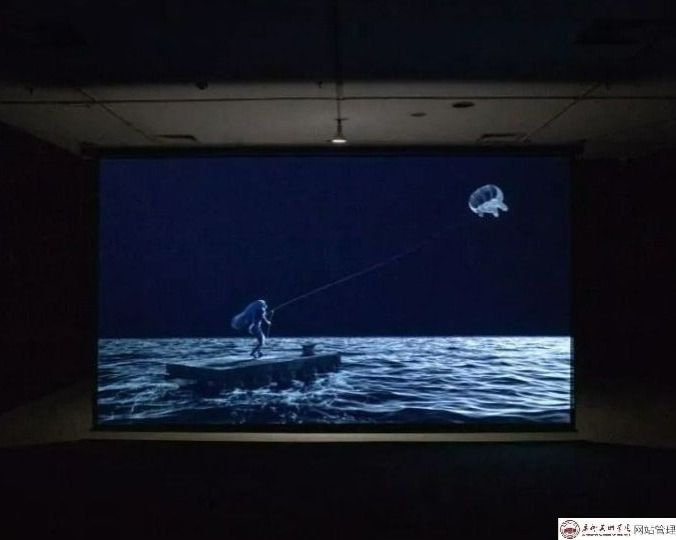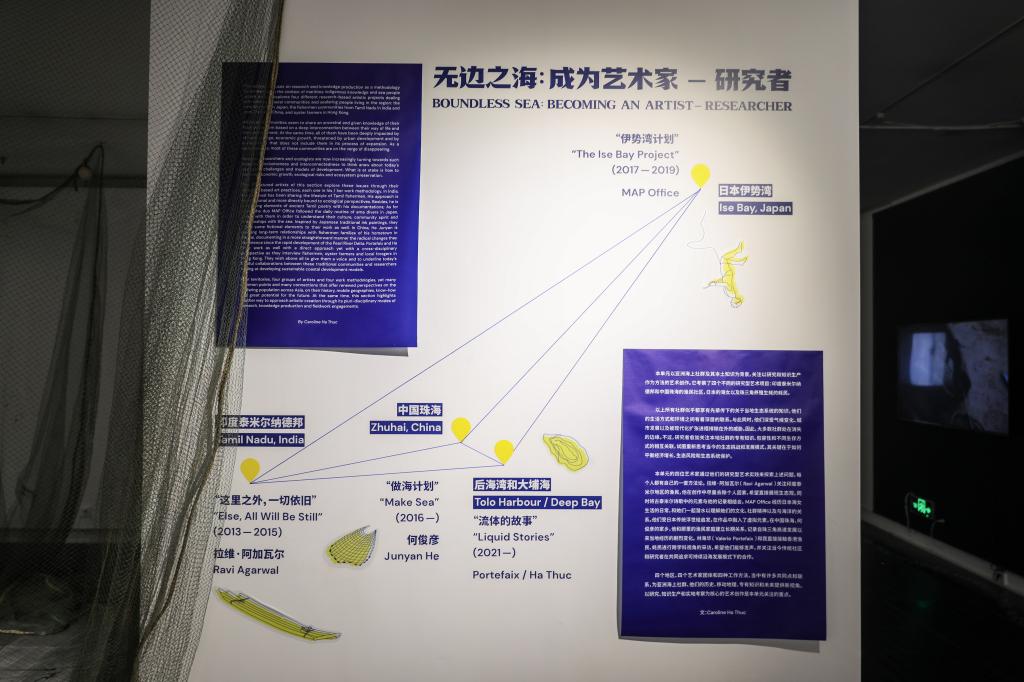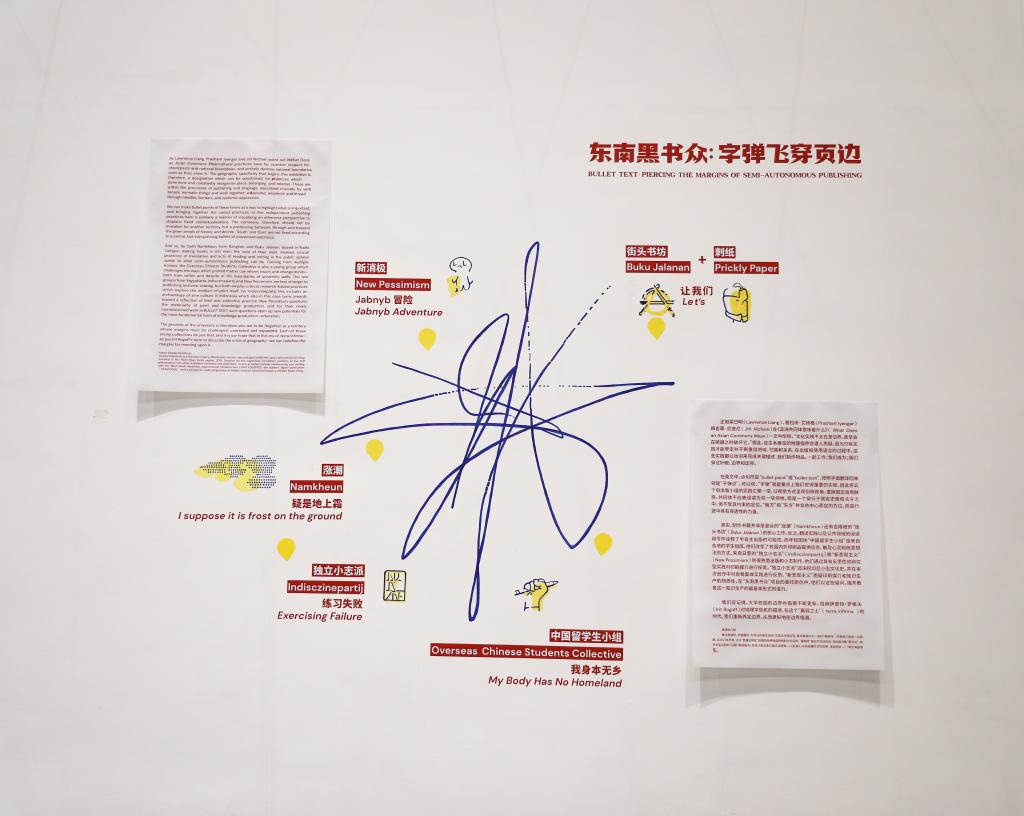Curatorial text
This section focuses on research and knowledge production as a methodology for art making in the context of maritime indigenous knowledge and sea people across Asia. It explores four different research-based artistic projects dealing with various coastal communities and seafaring people living in the region: the ama divers from Japan, the fifishermen communities from Tamil Nadu in India and from Zhuhai in China, and oyster farmers in Hong Kong. All these communities seem to share an ancestral and given knowledge of their local ecosystem based on a deep interconnection between their way of life and their environment. At the same time, all of them have been deeply impacted by climate change, economic growth, threatened by urban development and by a modernity that does not include them in its process of expansion. As a consequence, most of these communities are on the verge of disappearing. However, researchers and ecologists are now increasingly turning towards such knowhow, inclusiveness and interconnectedness to think anew about today's ecological challenges and models of development. What is at stake is how to balance economic growth, ecological risks and ecosystem preservation. The 4 featured artists of this section explore these issues through their research-based art practices, each one in his/her work methodology. In India, Ravi Argarwal has been sharing the lifestyle of Tamil fifishermen. His approach is less personal and more directly bound to ecological perspectives. Besides, he is combining elements of ancient Tamil poetry with his documentations; As for them, the duo MAP Offifice followed the daily routine of ama divers in Japan, diving with them in order to understand their culture, community spirit and relationships with the sea. Inspired by Japanese traditional ink paintings, they inject some fifictional elements to their work as well. In China, He Junyan is building long-term relationships with fifishermen families of his hometown in Zhuhai, documenting in a more straightforward manner the radical changes they experience since the rapid development of the Pearl River Delta. Portefaix and Ha Thuc work as well with a direct approach yet with a cross-disciplinary perspective as they interview fifishermen, oyster farmers and local foragers in Hong Kong. They wish above all to give them a voice and to underline today’s fruitful collaborations between these traditional communities and researchers aiming at developing sustainable coastal development models. Four territories, four groups of artists and four work methodologies, yet many common points and many connections that offer renewed perspectives on the seafaring population across Asia, on their history, mobile geographies, know-how and great potential for the future. At the same time, this section highlights another way to approach artistic creation through its pluri-disciplinary modes of research, knowledge production and fifieldwork engagements.
By Caroline Ha Thuc





